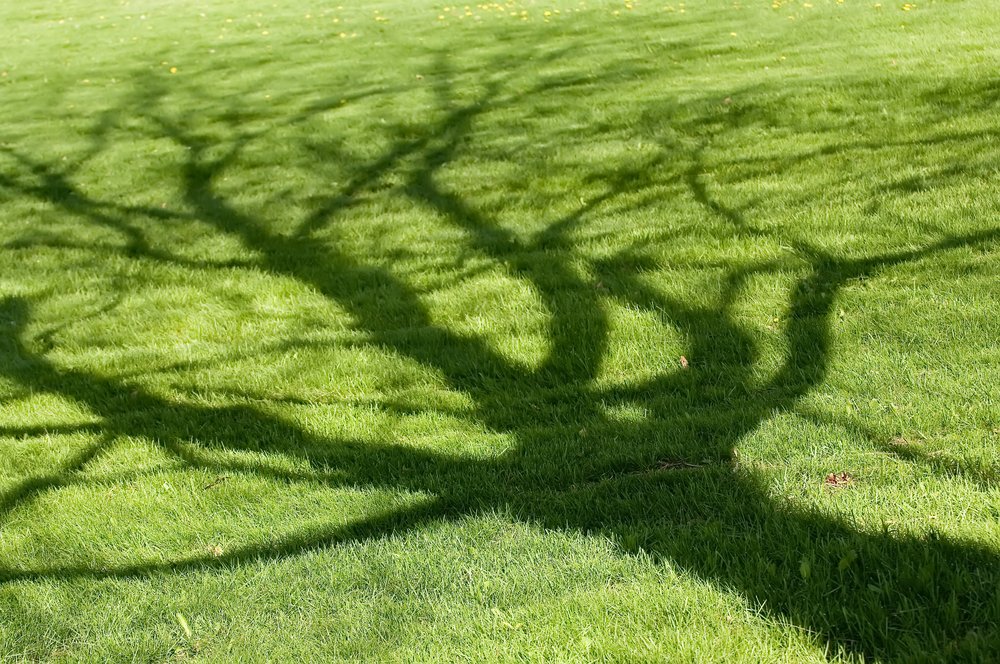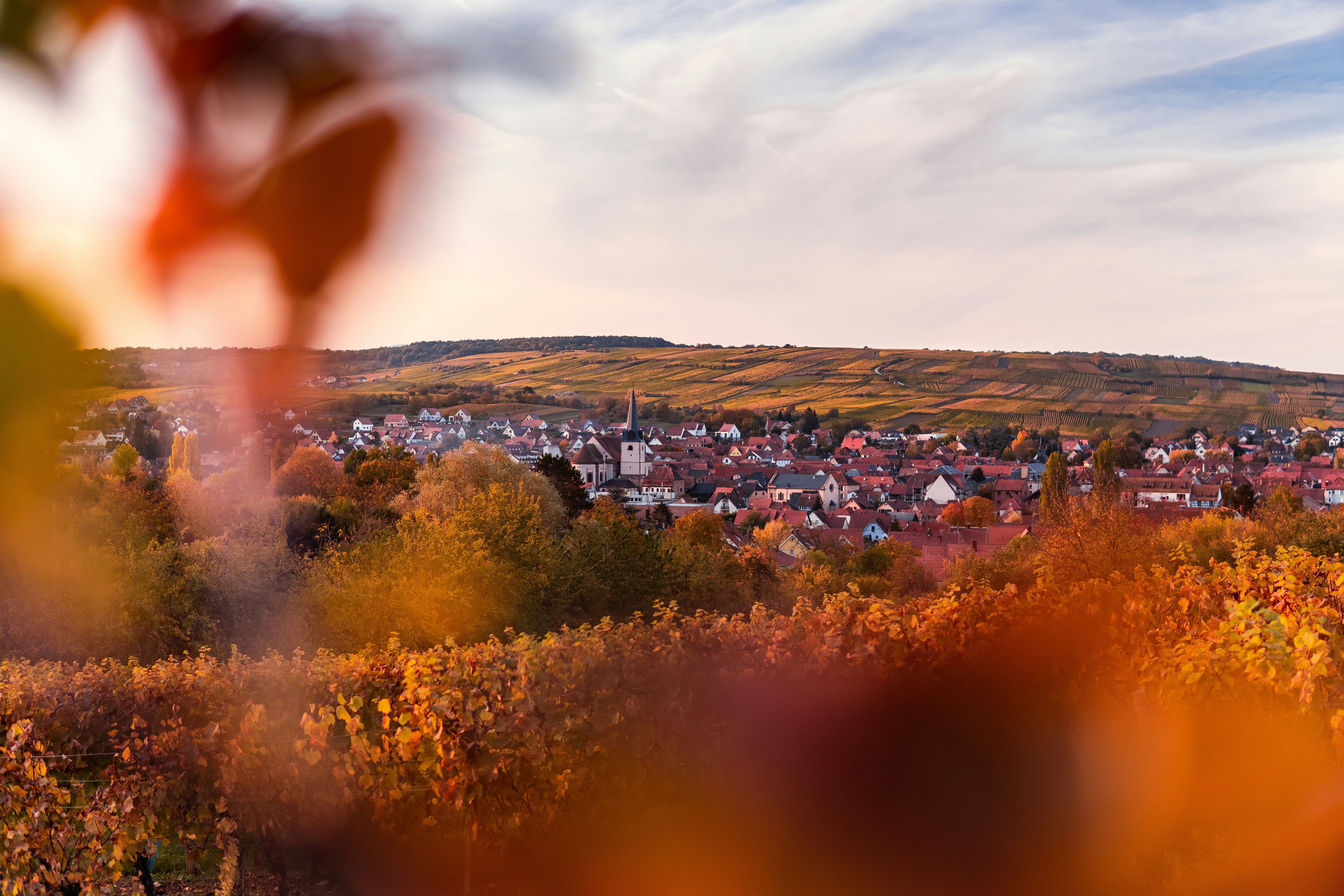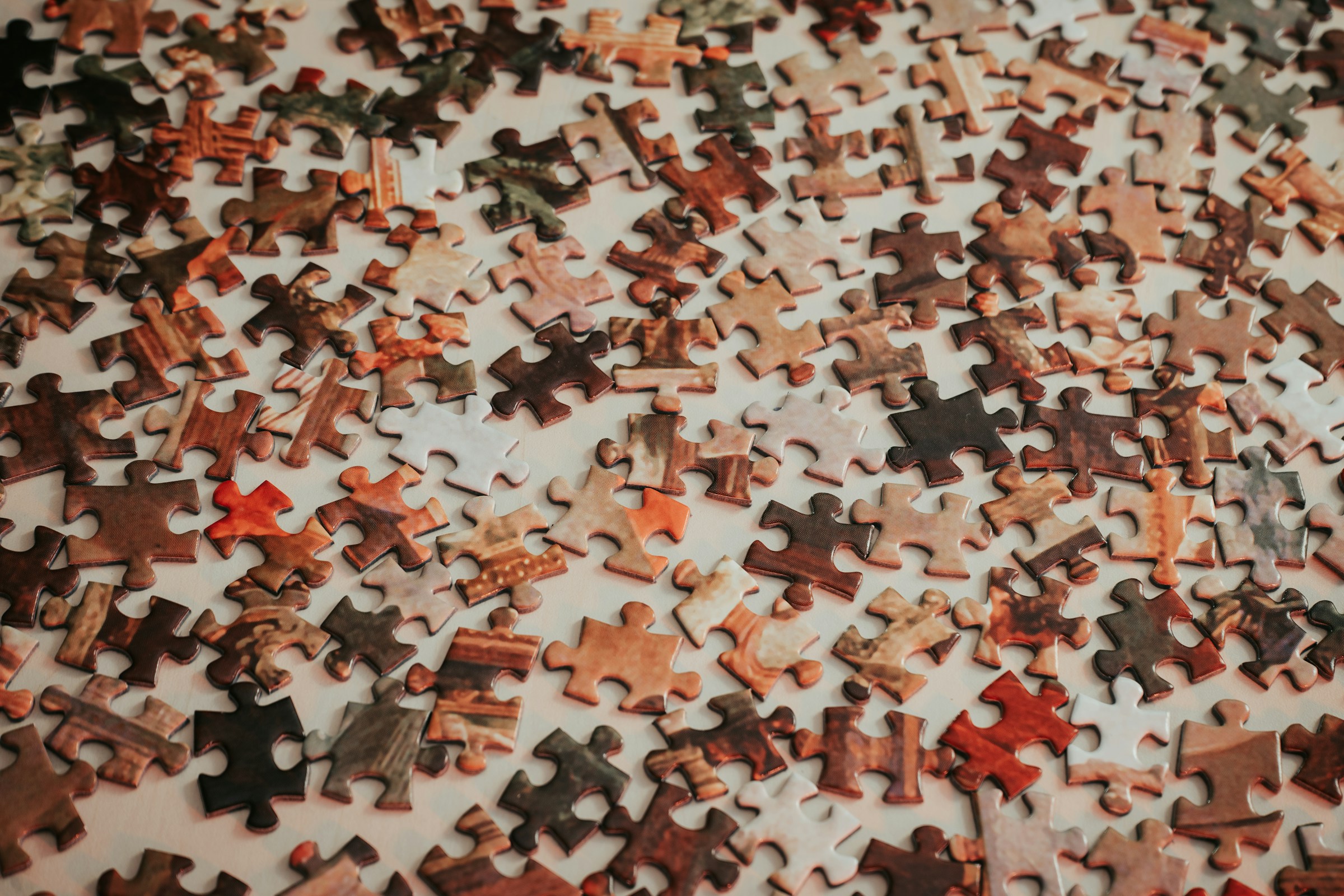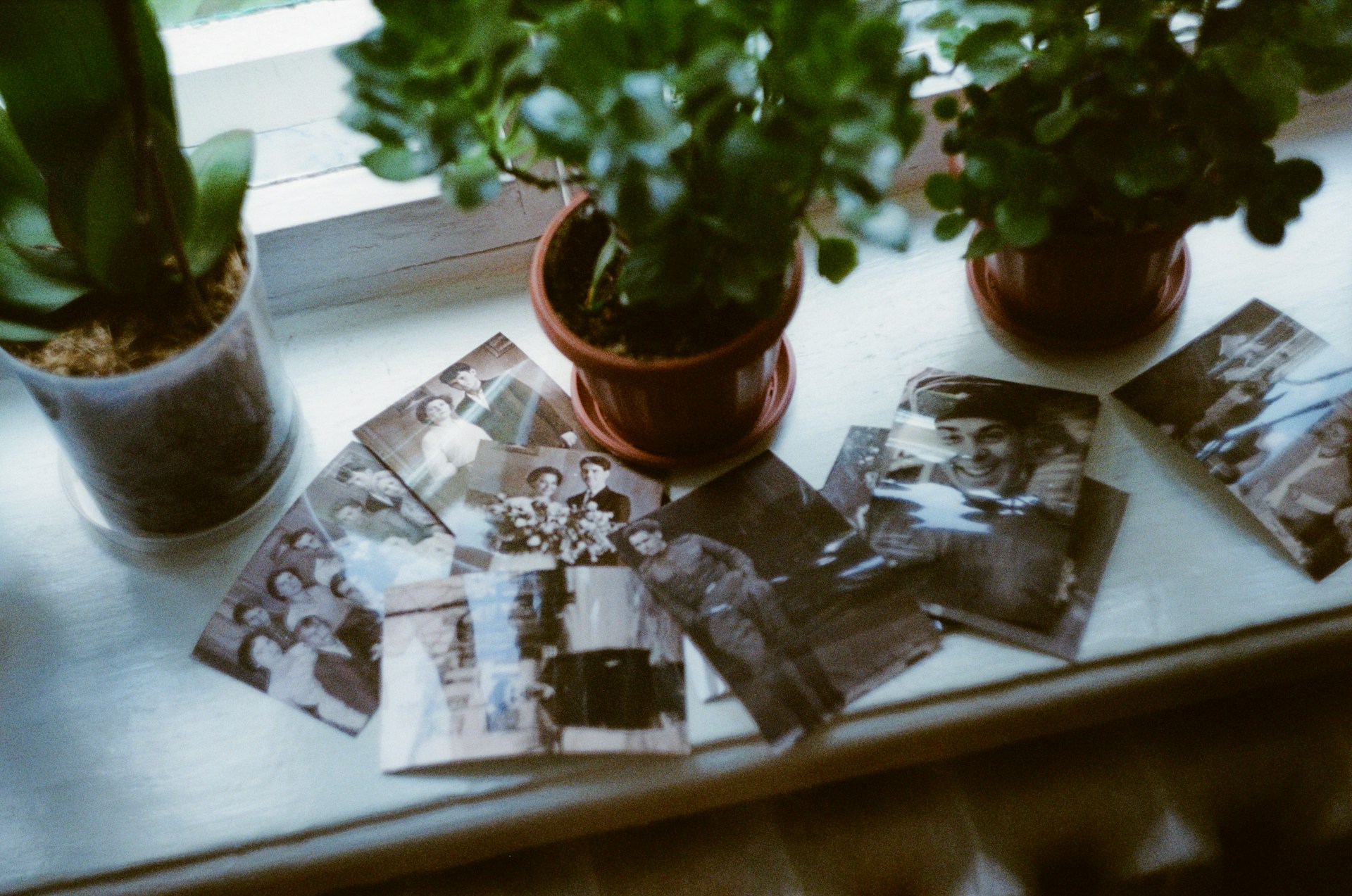Growing Up in My Adoptive Family
When people ask me about my family tree, I usually smile and say, “Well, it depends which side you mean.”
I was raised by my mother and adoptive father from the time I was a toddler. His family was my family in every sense of the word — I grew up with aunts, uncles, cousins, and grandparents who gave me a full and rich childhood. In that core family, I eventually also had a brother and sister — my maternal half-siblings — who were part of my everyday life.
At the same time, I always knew there was another side to my story. I had met my biological father in my early 20s, and I knew I had paternal half-siblings out there somewhere. Unlike the siblings I grew up with, I didn’t even know their names.
A Naïve Assumption
When I was younger, I was told I had two older paternal half-siblings and that one had been adopted. Because of my own experience, I assumed that meant my biological father had married someone with a child and adopted them — just like my dad had done for me.
Decades later, in my late 40s, DNA testing showed me the truth. That “adopted” sibling hadn’t been brought into the family — he had been placed for adoption as an infant. It was a humbling reminder that our own experiences can bias how we interpret family stories, sometimes blinding us to the most obvious meaning.
Tracing All Three Sides
As a genealogist, I’ve always traced all three sides of my story. I’ve pieced together my biological lines as far back as I could, but I’ve also traced my adoptive family’s history. While I don’t share DNA with them, they are my family. Someday, my siblings or their children may want to know that history, too, and I want to preserve it for them. Genealogy is fun for me, but it’s also a way of honoring and safeguarding stories that matter.
Why I Turned to DNA
Deciding to take a DNA test was a big deal. I’m someone who thrives on facts and truth, and I wanted to confirm the connections I’d already traced on paper. But it was more than that — I hoped DNA might help me find my paternal half-siblings. With no names or details to go on, and my biological father having passed in 2009, it felt like the only option.
When the results came in, I held my breath, waiting for the matches to load. And then, right there at the top, was something I had hoped for but never expected: a paternal half-sibling. My very first match. While his story isn’t mine to share, I was able to fill in many blanks for him, connecting him to our father’s side of the family and giving context he’d been missing.
More Than History
Since then, DNA has introduced me to cousins who also faced adoption, each of us piecing together the puzzle of where we came from and where we belong. It’s been a reminder that genealogy isn’t only about history. It’s about the present — about real people, living right now, who are trying to understand their place in the world. And it’s about the future, too, because the work we do today can help preserve stories for generations to come.
Family history isn’t simple. For me, it has three sides: the adoptive family who raised me, the maternal siblings I grew up with, and the paternal siblings DNA helped me discover. Together, they form the whole of who I am.



